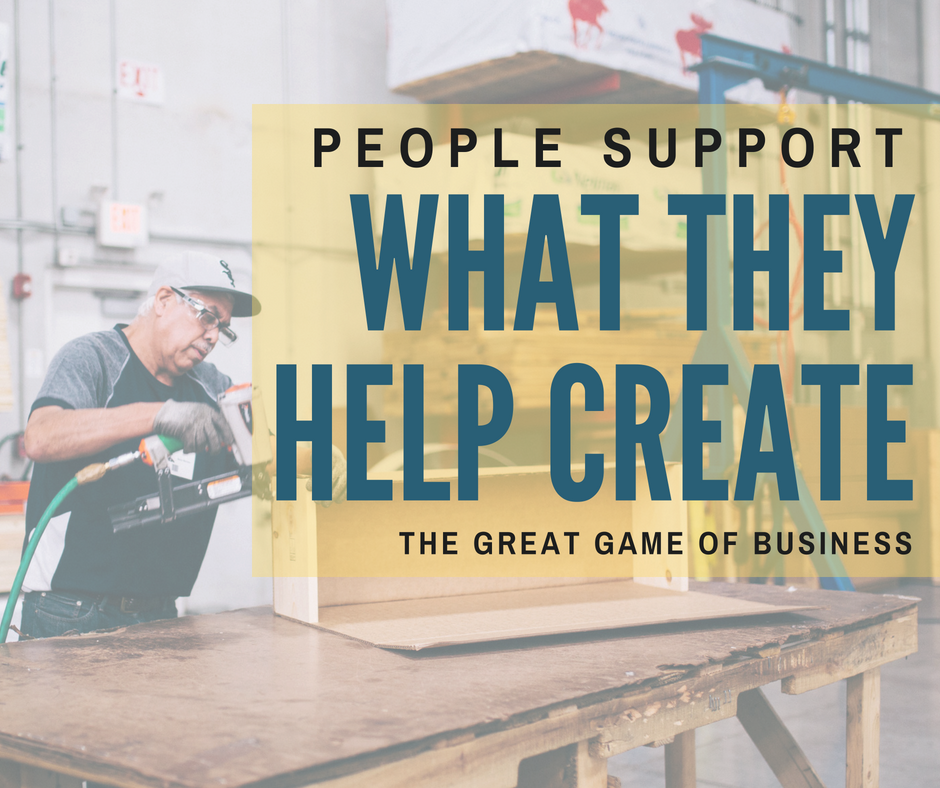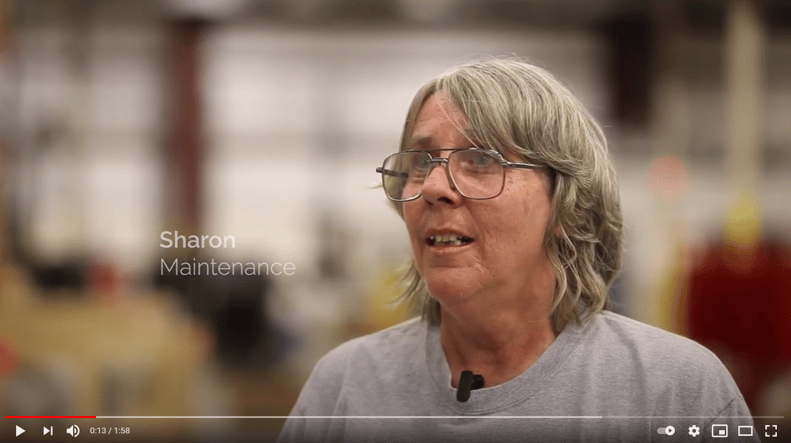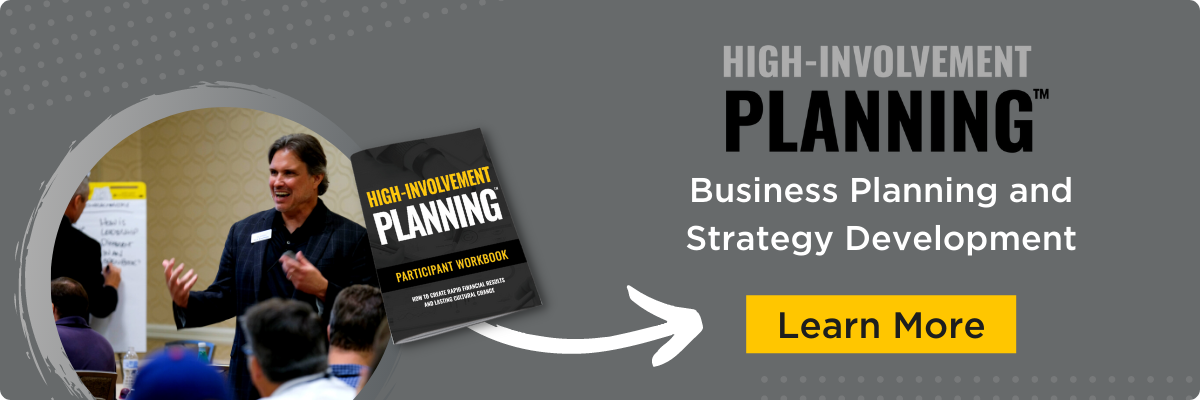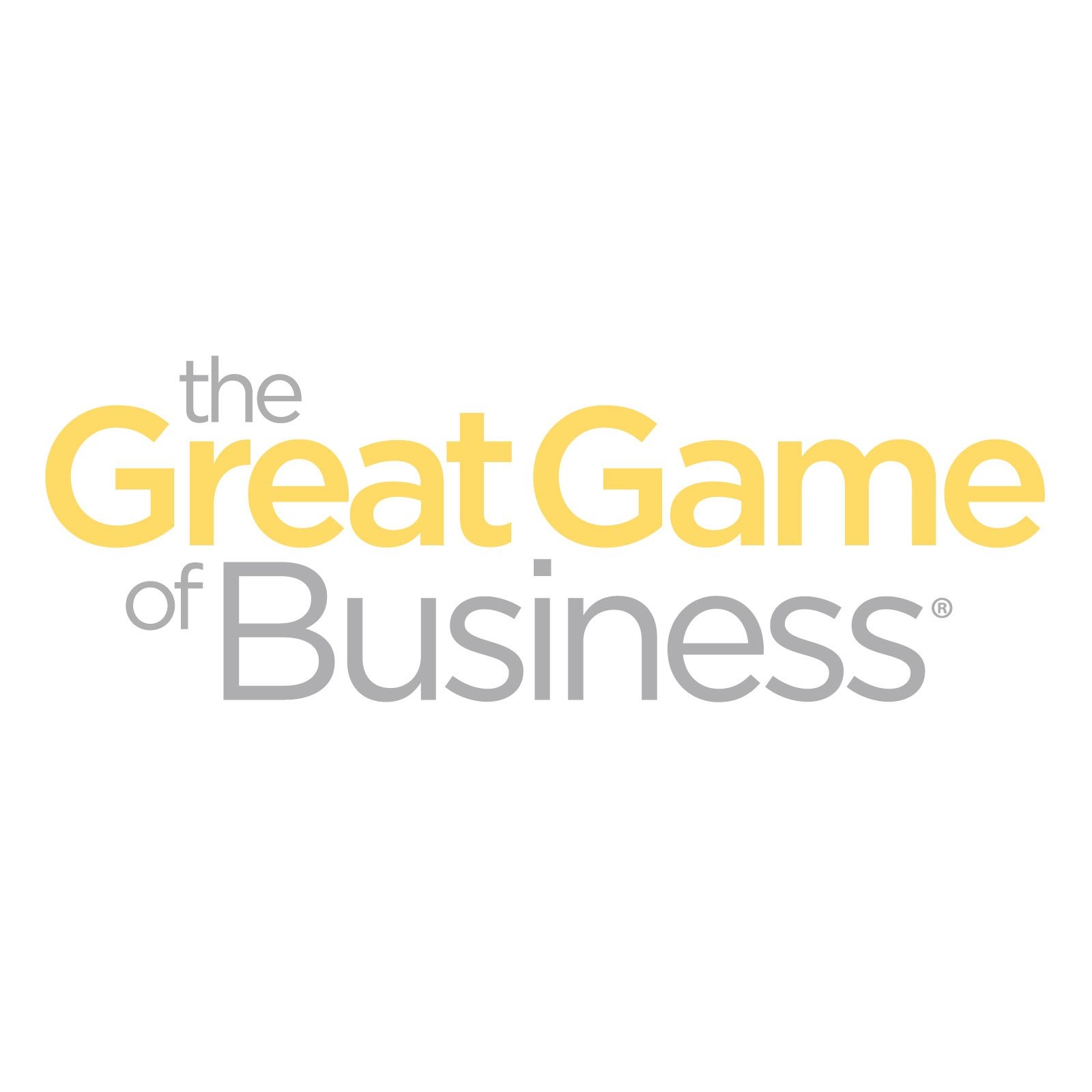
“If people don’t participate, they don’t buy in. If they don’t buy in, they don’t commit. If they don’t commit, they don’t deliver!” These words can be found on page 348 of The Great Game of Business. What a simple yet powerful statement.
Businesses, small and large, struggle with employees delivering on their metrics. Maybe it’s not a delivery problem, but a buy-in problem. According to Great Place to Work, Employees who find their job to have “special meaning: this is not ‘just a job’” are
-
- 4 times more likely to give extra to the company
- 11 times more committed to stay
- 14 times more likely to look forward to coming to work
You have heard us say it in the past. The best, most efficient, most profitable way to run a business is to educate everybody on how the business works, give them a voice in how the company is run, and provide them a stake in the financial outcome. From a broad perspective, this IS how you get buy-in.
There are three essential steps to get buy-in from your entire company.
Educate your workforce
Ground zero is to educate your workforce. As humans, we have a universal need to win. You can’t win if you don’t know the rules or the data to make a sound choice. It starts with financial literacy, but it is just as important to educate them on the goals, aka Critical Number, your company is working to achieve, and involve your people in the planning process.
First, employees must learn the language of business—the financials. We are not talking about a deep understanding of accounting practices but an informal education on the financials. Remember, you’re trying to educate people about your business, not create a bunch of CPAs. Make the learning events casual, interactive, and impactful to them. Continue to put things in context for people, and then reinforce the lessons in frequent engagements around the real numbers. The point is that a successful financial literacy program is not a one-off event or even something you do every month. If you want to make it stick, it needs to become part of your everyday rhythm and routine, where your people get to learn and apply that new knowledge in their daily tasks.
Are your people working toward a common goal? If you were to ask your employees the primary goal for the year, would they all answer the same? Your company’s Critical Number is the one operational or financial metric that represents a weakness or vulnerability that, if not addressed and corrected, will negatively impact the overall performance and long-term security of the business. This Critical Number is what represents winning. It serves as a common and clearly defined goal that directs employee focus and demonstrates progress and success. Therefore, educating and putting the Critical Number in the forefront of the daily operations will give them a beacon to move toward.
At The Great Game of Business, we believe when your strategy is created with broad participation—specifically, the people who are closest to the action and who understand the realities—it creates a level of commitment and alignment that just can’t be matched. What better education opportunity could you offer your employees than hands-on learning that strengthens their job, provides buy-in to the strategic plan, AND positively affects their Stake in the Outcome.
Empower Your Entire Company
Once you have educated your workforce, it will be easier to empower them to make better decisions. CEOs and business owners all too often stay in the weeds, making decisions on a micro-level instead of zooming out to work on the business. Strategy and Culture are the two items that you, as a CEO, can not delegate. Focus your time and efforts here and be vulnerable enough to let the rest go, knowing that you have educated your workforce so THEY can make the micro-level decisions instead of you.
Let’s be clear, when we say empower your ENTIRE company, we are not meaning Supervisors and up; we mean everyone down to the janitor. Empowering your workforce by letting them use the information provided to make their own decisions opens up the gates to participation, leading to commitment.
To empower your workforce, you must put it in their hands to forward forecast the business, track the progress, and report the numbers.
Tracking your progress and reporting those numbers to the team each week is to simply and consistently inform everyone if the company is winning or losing and who is accountable. These numbers will, in turn, guide your forward forecast.
Forward forecasting is the fundamental way in which The Great Game of Business companies communicate the numbers and create forward-looking, educational, and results-focused staff meetings. Forward forecasting is a vital part of business planning that uses past financial performance and current conditions or trends to predict future company performance. In other words, Forward forecasts are a tool by which businesses can set and meet goals.
Engagement is Key
Engagement is the sweet spot. This is where buy-in happens. This is the point that your employees start acting like you, an owner. An employee who has fully bought into the plan will look for opportunities for improvement, such as cost reductions, revenue opportunities, and efficiencies that all reflect positively on the gross margin.

Team members take ownership when they have helped create something and understand how their performance is directly related to hitting organizational goals. As a leader in your organization, it is your job to cultivate employee engagement. By increasing team member buy-in, your organization can take advantage of the many benefits that result.
Ways to foster engagement:
- Have a clear communications strategy
- Promote business transparency
- Communicate future plans and desired outcomes
- Participate in ongoing financial literacy training
- Track and communicate progress and performance
- Recognize individual efforts and team wins
- Keep everyone in the company informed
You will be amazed at your workforce if you dive into these three essential steps. What your people can accomplish together will be more than you can ever do on your own. Not to mention freeing you up for the strategy and culture piece of the business that should be your focus.
High-Involvement Planning (HIP) is a practical, leading-edge strategy development process that is market-driven.
Other articles you might like:
- 6 Tips to Drive Employee Engagement
- I Hate My Job!
- Financially Literate Employees Means Stronger Financial Plans
- Why Timing is Everything
.png)









.png)




-5.png)
.png)
